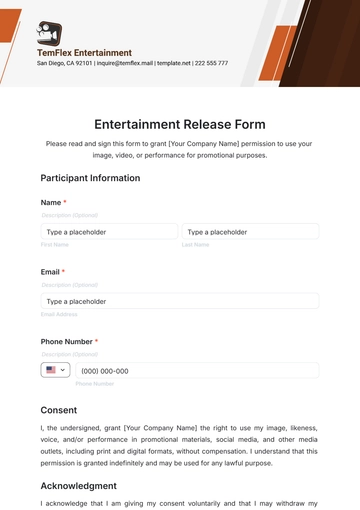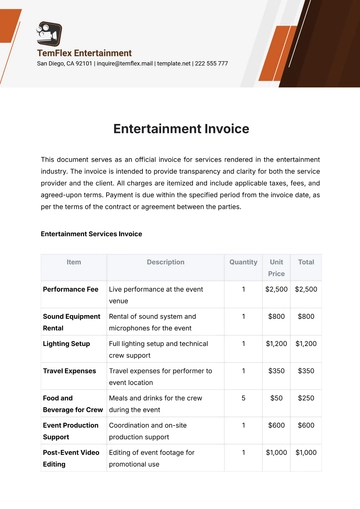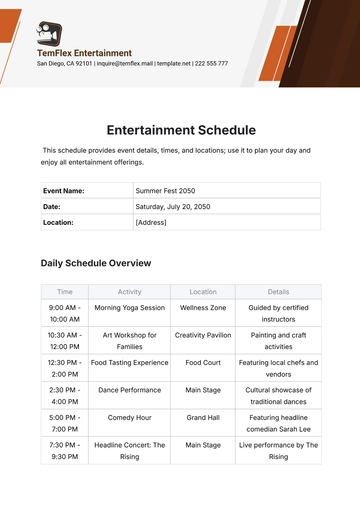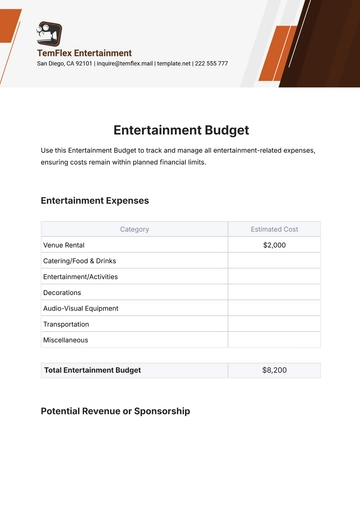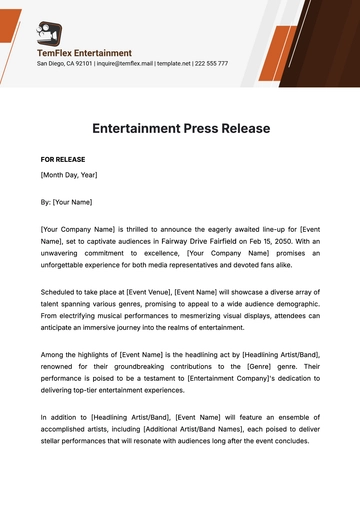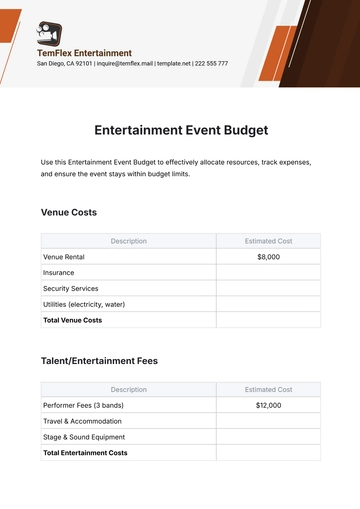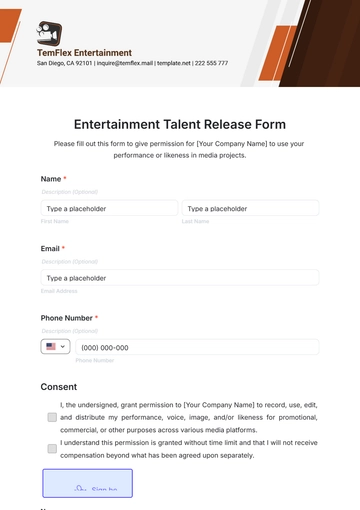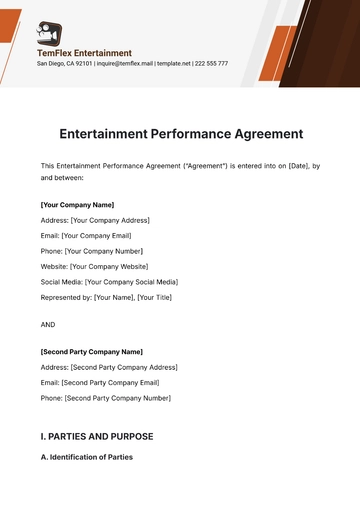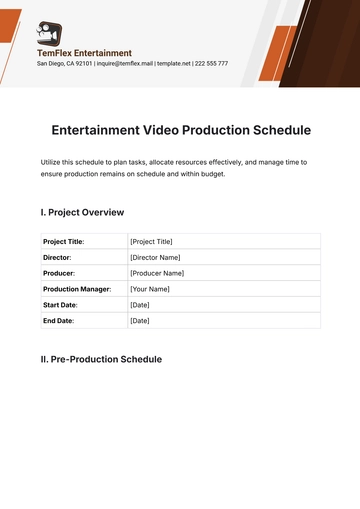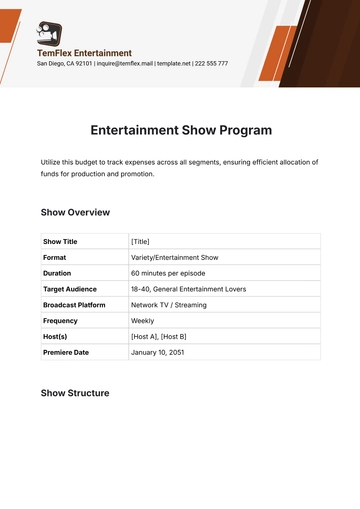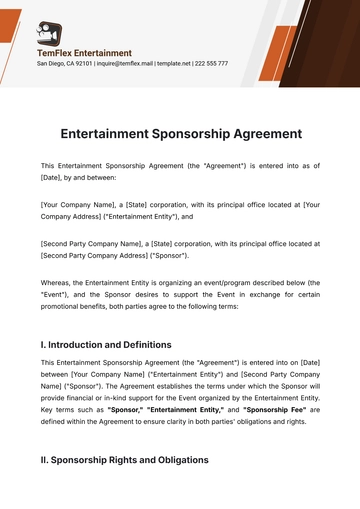Free Film Case Study
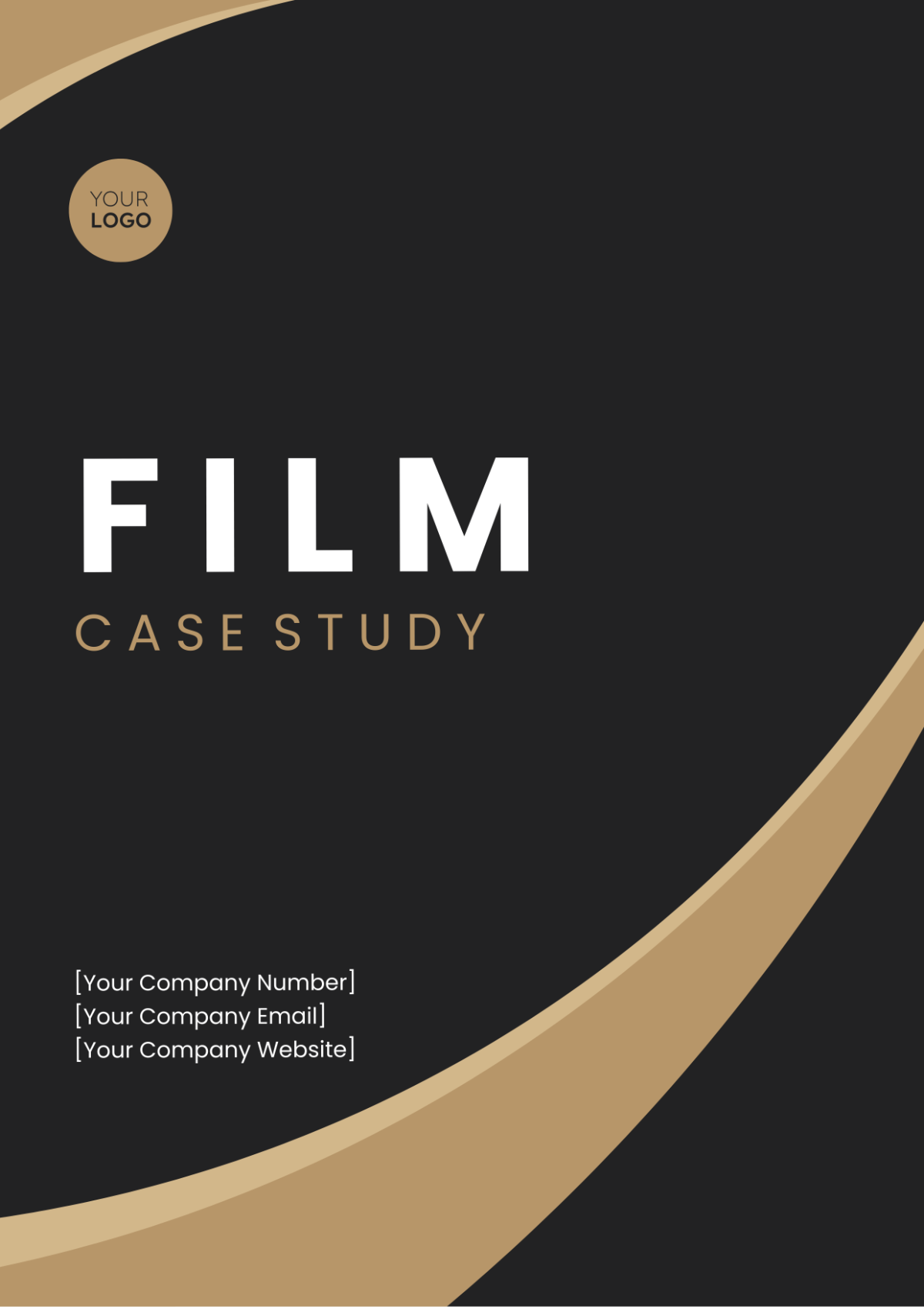
I. Introduction
The Film Case Study provides a comprehensive framework for conducting an in-depth analysis and examination of a particular film, focusing on various aspects such as its production, narrative structure, themes, cinematography, editing, sound design, acting performances, reception by audiences and critics, cultural impact, and historical context. This is designed to facilitate a thorough exploration of the filmmaking process, artistic and technical decisions, and the overall impact and significance of the chosen film.
II. Executive Summary
The Executive Summary section offers a concise overview of the key findings and insights derived from the Film Case Study. It encapsulates the main points discussed in the analysis, highlighting the film's strengths, weaknesses, critical reception, cultural relevance, and unique contributions to the cinematic landscape. The executive summary serves as a snapshot for readers, providing a quick understanding of the film's significance and the depth of the case study's examination.
III. Film Overview
A. Background Information
Film Title: [Film Title]
Director: [Director's Name]
Release Year: [Release Year]
Genre: [Genre]
Production Company: [Your Company Name]
Budget: [$XX million]
Box Office: [$XX million]
B. Synopsis
Provide a summary of the film's plot, including the main characters, setting, and central conflict. Highlight key narrative elements that contribute to the film's overall impact and thematic depth.
IV. Production Analysis
A. Pre-Production
Script: [Script Development]
Casting: [Casting Process]
Locations: [Location Scouting]
Design: [Production Design]
B. Production
Techniques: [Filming Techniques]
Cinematography: [Cinematography]
Sound Design: [Sound Design]
Post-Production: [Editing, Sound Mixing]
C. Post-Production
Editing and Montage: [Style, pacing, transitions, montages, flashbacks]
Sound Mixing: [Quality, balance, impact on experience]
Visual Effects: [Use of VFX/CGI, integration into storytelling]
Music Score: [Composer, motifs, emotional impact]
V. Narrative and Themes
Examine the film's narrative structure, thematic elements, symbolism, motifs, and character development. Analyze how these aspects contribute to the film's overall storytelling effectiveness and audience engagement.
VI. Cinematic Analysis
A. Visual Style
Script: [Script Development]
Casting: [Casting Process]
Locations: [Location Scouting]
Design: [Production Design]
B. Sound Design
Techniques: [Filming Techniques]
Cinematography: [Cinematography]
Sound Design: [Sound Design]
Post-Production: [Editing, Sound Mixing]
VII. Critical Reception
Summarize the critical reviews and audience reactions to the film. Include insights from film critics, industry professionals, and audience feedback. Discuss the film's strengths, weaknesses, controversies, and overall reception within the cinematic community.
VIII. Cultural Impact and Legacy
Examine the film's cultural significance, influence on popular culture, and lasting legacy within the film industry. Discuss its impact on audiences, societal discussions, and subsequent works of cinema inspired by or in response to the film.
IX. Conclusion
The Film Case Study concludes with a comprehensive summary of the key findings, insights, and conclusions drawn from the analysis. It reiterates the film's significance, contributions to the cinematic landscape, and the critical discourse surrounding its artistic and cultural value.
Prepared By:
[Your Name]
[YOUR POSITION]
[YOUR DEPARTMENT]
- 100% Customizable, free editor
- Access 1 Million+ Templates, photo’s & graphics
- Download or share as a template
- Click and replace photos, graphics, text, backgrounds
- Resize, crop, AI write & more
- Access advanced editor
Access the Film Case Study Template on Template.net for comprehensive film industry analysis and reporting. This editable and customizable template empowers researchers to document film-related data comprehensively and accurately. Utilize our AI Editor Tool to tailor the case study effortlessly, ensuring clear and insightful film industry analysis. Simplify your film case studies with this user-friendly and professional template.



